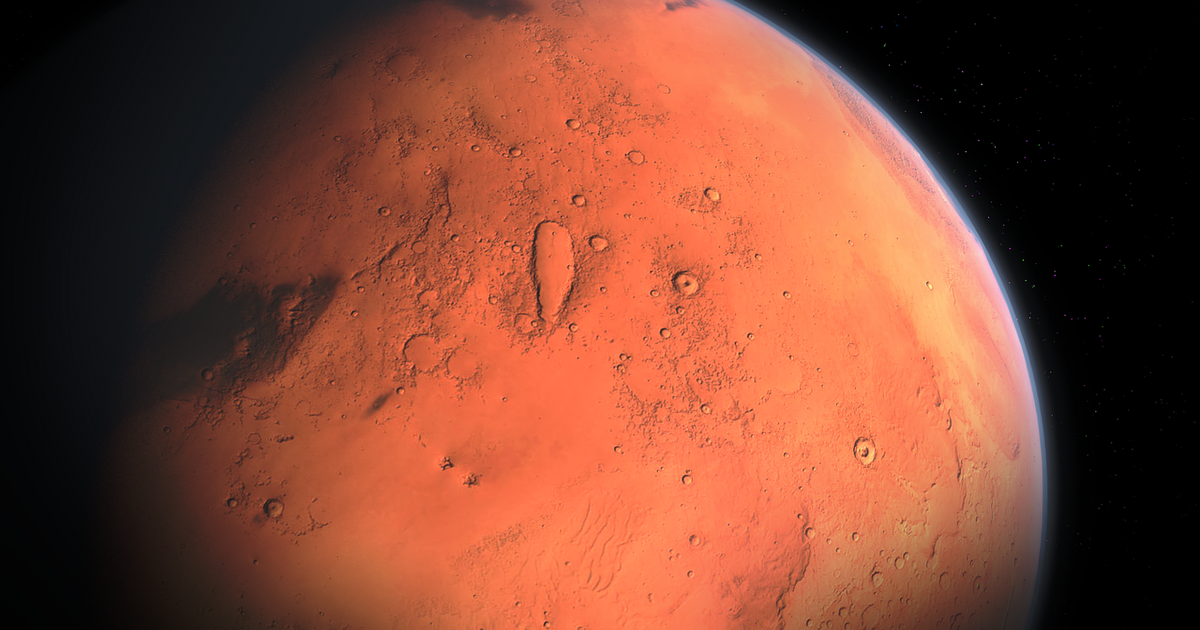Toward Global Meltdown?
Are coastal cities under threat as glaciers and sea ice melt at a record pace?
February 16, 2004
In both 2002 and 2003, the Northern Hemisphere registered record-low sea ice cover. New satellite data show the Arctic region warming more during the 1990s than during the 1980s, with Arctic Sea ice now melting by up to 15% per decade.
The long-sought Northwest Passage — a dream of early explorers — could become our nightmare. The loss of Arctic Sea ice could alter ocean circulation patterns and trigger changes in global climate patterns.
On the opposite end of the globe, Southern Ocean sea ice floating near Antarctica has shrunk by some 20% since 1950.
This unprecedented melting of sea ice corroborates records showing that the regional air temperature has increased by 2.5 degrees Celsius (4.5 degrees Fahrenheit) since 1950.
Antarctic ice shelves that existed for thousands of years are crumbling. One of the world’s largest icebergs — named B-15 and measuring near 10,000 square kilometers (4,000 square miles) or half the size of New Jersey — calved off the Ross Ice Shelf in March 2000.
In May 2002, the shelf lost another section measuring 31 kilometers (19 miles) wide and 200 kilometers (124 miles) long.
Elsewhere on Antarctica, the Larsen Ice Shelf has largely disintegrated within the last decade, shrinking to 40% of its previously stable size.
Following the break-off of the Larsen A section in 1995 and the collapse of Larsen B in early 2002, melting of the nearby land-based glaciers that the ice shelves once supported has more than doubled.
Unlike the melting of sea ice or the floating ice shelves along coasts, the melting of ice on land raises the sea level.
Recent studies showing the worldwide acceleration of glacier melting indicate that the Intergovernmental Panel on Climate Change’s estimate for sea level rise this century — ranging from 0.1 meters to 0.9 meters — will need to be revised upwards. (Click here for selected examples of ice melt from around the world.)
On Greenland, an ice-covered island three times the size of Texas, once-stable glaciers are now melting at a quickening rate.
The Jakobshavn Glacier on the island’s southwest coast, which is one of the major drainage outlets from the interior ice sheet, is now thinning four times faster than during most of the 20th century.
Each year, Greenland loses some 51 cubic kilometers of ice — enough to annually raise sea level 0.13 millimeters. Were Greenland’s entire ice sheet to melt, global sea level could rise by a startling 7 meters (23 feet) — inundating most of the world’s coastal cities.
The Himalayas contain the world’s third largest ice mass — after Antarctica and Greenland. Most Himalayan glaciers have been thinning and retreating over the past 30 years, with losses accelerating to alarming levels in the past decade.
On Mount Everest, the glacier that ended at the historic base camp of Edmund Hillary and Tenzing Norgay — the first humans to reach the summit — has retreated 5 kilometers (3 miles) since their 1953 ascent. Glaciers in Bhutan are retreating at an average rate of 30-40 meters a year. A similar situation is found in Nepal.
As the glaciers melt, they are rapidly filling glacial lakes, creating a flood risk. An international team of scientists has warned that, with current melt rates, at least 44 glacial lakes in the Himalayas could burst their banks in as little as five years.
Glaciers themselves store vast quantities of water. More than half of the world’s population relies on water that originates in mountains, coming from rainfall runoff or ice melt.
In some areas, glaciers help sustain a constant water supply. In others, meltwater from glaciers is a primary water source during the dry season.
In the short term, accelerated melting means that more water feeds rivers. Yet as glaciers disappear, dry season river flow declines.
The Himalayan glaciers feed the seven major rivers of Asia — the Ganges, Indus, Brahmaputra, Salween, Mekong, Yangtze and Huang He (Yellow) — and thus contribute to the year-round water supply of a vast population.
In India alone, some 500 million people, including those in New Delhi and Calcutta, depend on glacier meltwater that feeds into the Ganges River system.
Glaciers in Central Asia’s Tien Shan Mountains have shrunk by nearly 30% between 1955 and 1990. In arid western China, shrinking glaciers account for at least 10% of freshwater supplies.
The largest aggregation of tropical glaciers is in the northern Andes.
The retreat of the Qori Kalis Glacier on the west side of the Quelccaya Ice Cap that stretches across Peru has accelerated to 155 meters a year between 1998 and 2000 — three times faster than during the previous three-year period. The entire ice cap could vanish over the next two decades.
The Antizana Glacier, which provides Quito, Ecuador, with almost half its water, has retreated more than 90 meters over the last eight years.
The Chacaltaya Glacier near La Paz, Bolivia, melted to 7% of its 1940s volume by 1998. It could disappear entirely by the end of this decade. That would deprive the 1.5 million people in La Paz and the nearby city of Alto of an important source of water and power.
Africa’s glaciers are also disappearing. Across the continent, mountain glaciers have shrunk to one-third their size over the 20th century. On Tanzania’s Kilimanjaro, ice cover has shrunk by more than 33 % since 1989. By 2020, it could be completely gone.
In Western Europe, glacial area has shrunk by up to 40% — and glacial volume by more than half since 1850.
If temperatures continue to rise at recent rates, major sections of glaciers covering the Alps and the French and Spanish Pyrenees could be gone in the next few decades.
During the record-high temperature summer of 2003, some Swiss glaciers retreated by an unprecedented 150 meters.
The United Nations Environment Programme is warning that for this region long associated with ice and snow, warming temperatures signify the demise of a popular ski industry — not to mention a cultural identity.
Boundaries around Banff, Yoho and Jasper National Parks in the Canadian Rockies cannot stop the melting of the glaciers there. Glacier National Park in Montana has lost over two-thirds of its glaciers since 1850. If temperatures continue to rise, it may lose the remainder by 2030.
In just the past 30 years, the average temperature in Alaska climbed more than 3 degrees Celsius (5 degrees Fahrenheit) — easily four times the global increase.
Glaciers in all of Alaska’s 11 glaciated mountain ranges are shrinking.
Since the mid-1990s, Alaskan glaciers have been thinning by 1.8 meters a year, more than three times as fast as during the preceding 40 years.
The global average temperature has climbed by 0.6 degrees Celsius (1 degree Fahrenheit) in the past 25 years.
Over this time period, melting of sea ice and mountain glaciers has increased dramatically. During this century, global temperature may rise between 1.4 and 5.8 degrees Celsius — and melting will accelerate further.
Just how much will depend in part on the energy policy choices made today.
Read previous

Global Technology
Escape to Mars?
February 15, 2004
